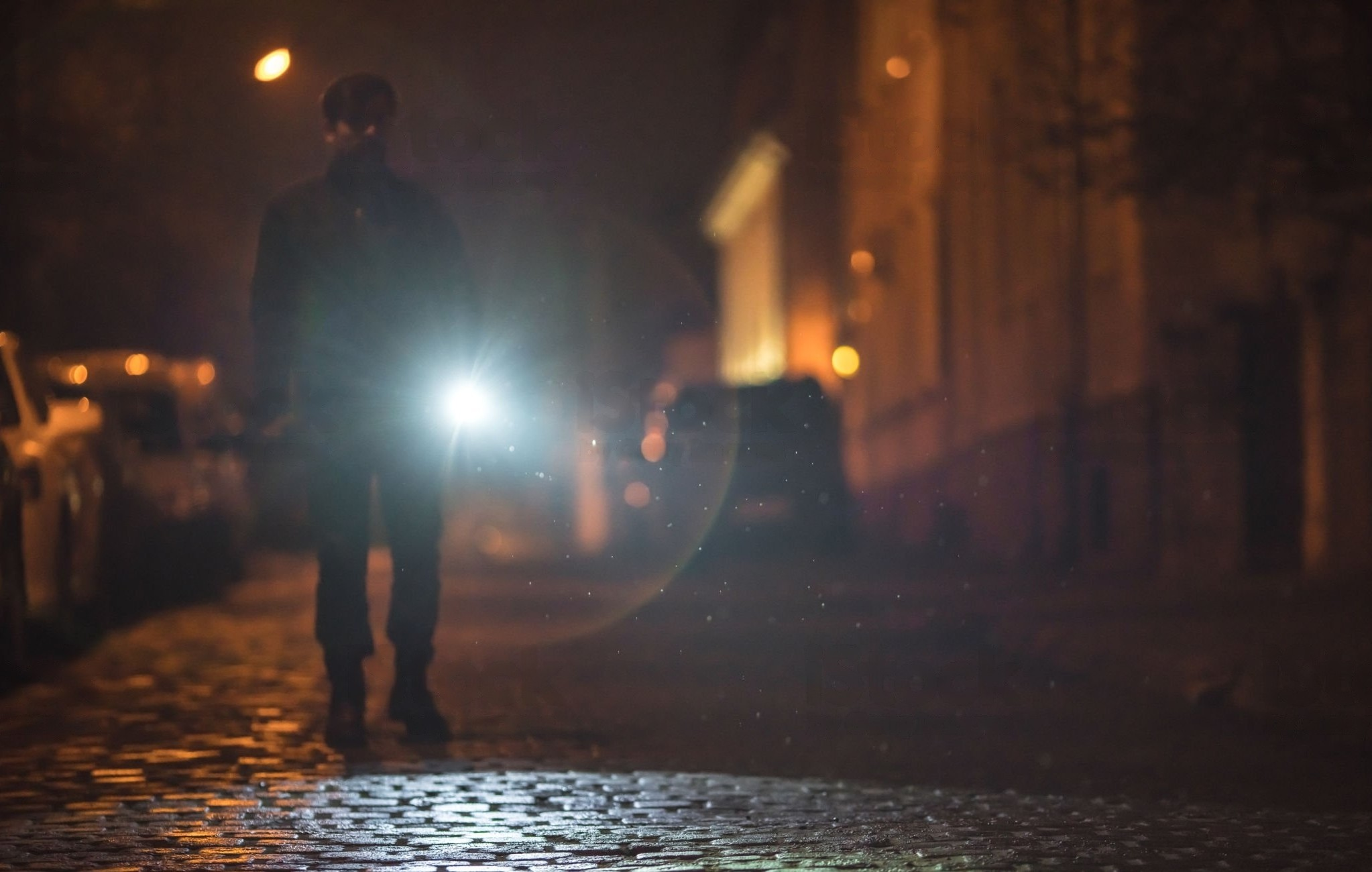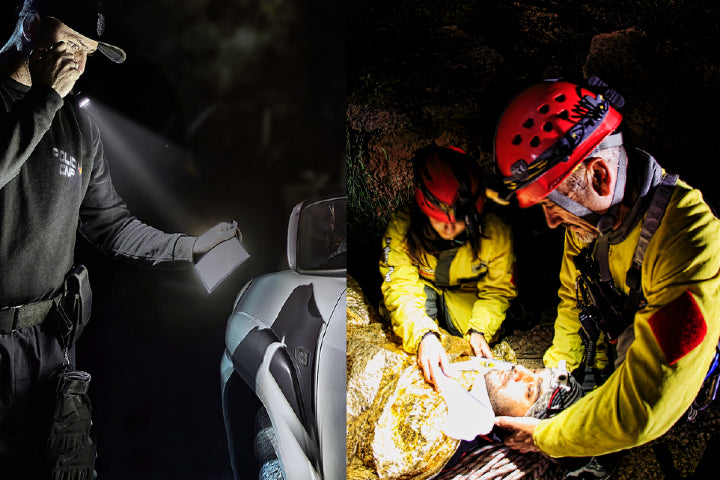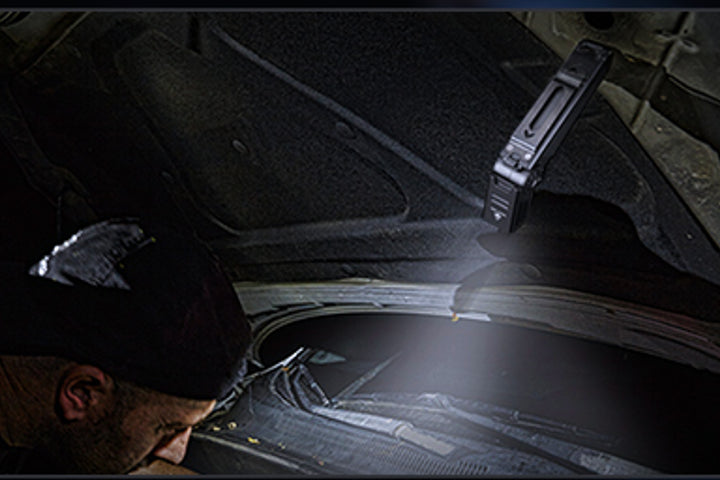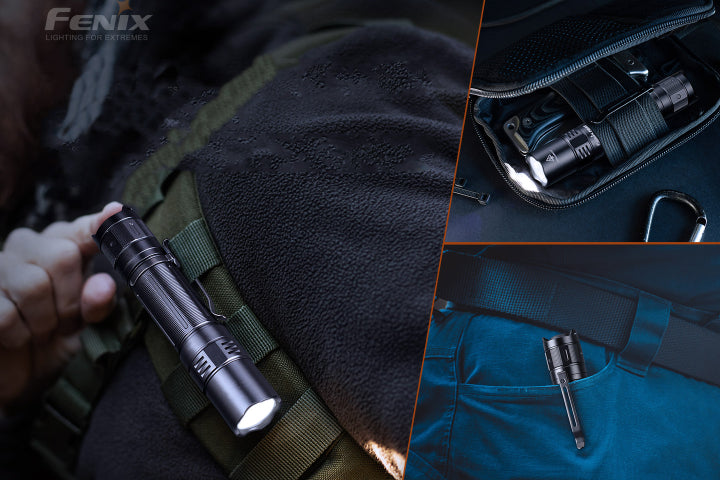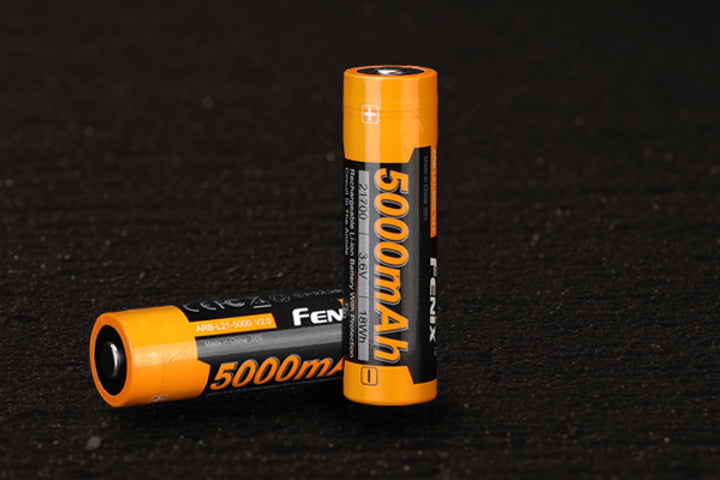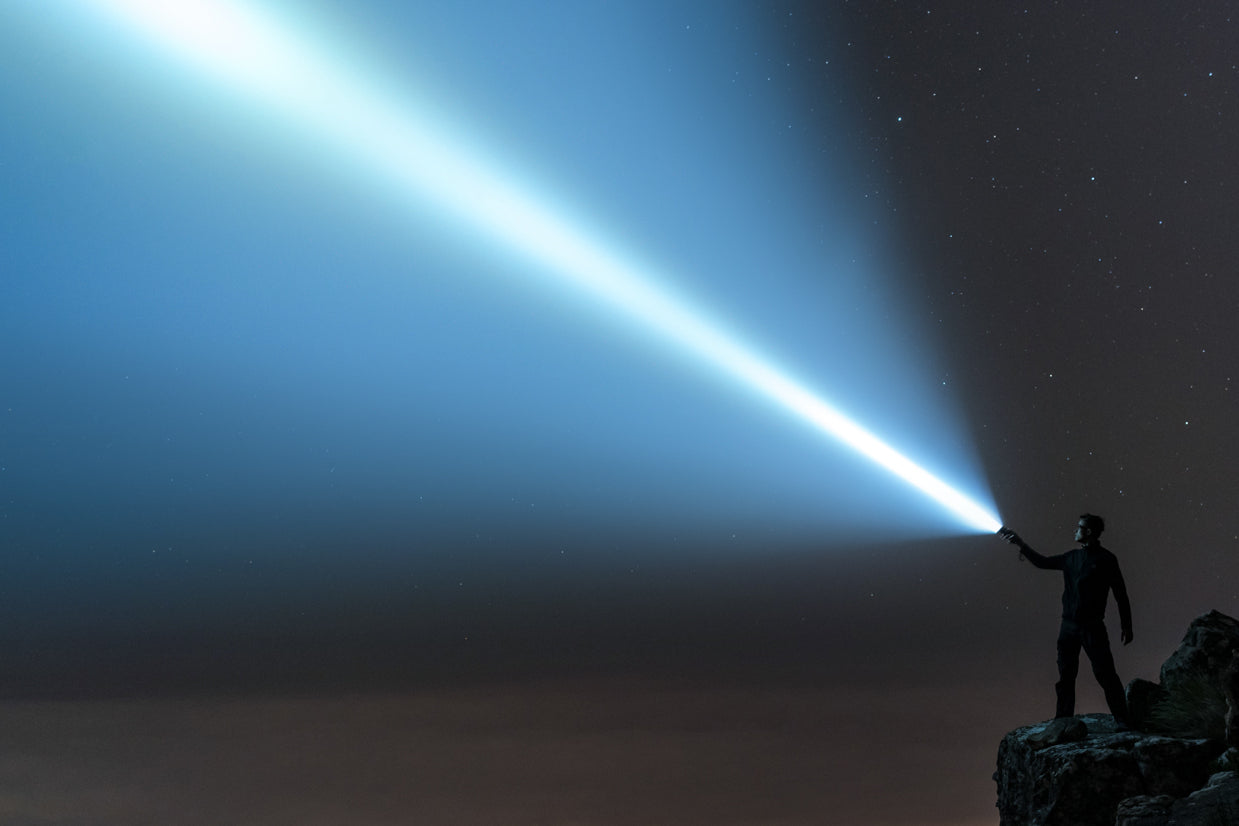The Ultimate Guide to Waterproof Flashlights for Extreme Adventures
Why Waterproof Flashlights Are Essential for Extreme Adventures
When embarking on high-stakes outdoor adventures, the last thing you want to worry about is whether your gear can handle the elements. A waterproof flashlight isn't just a nice-to-have, it’s a survival tool that could mean the difference between finding your way out of a dense forest or being stuck in the dark during a torrential downpour. These flashlights are built to endure wet, unpredictable conditions where ordinary flashlights would quickly fail. Whether you’re navigating a mountain trail in a thunderstorm, crossing rivers, or exploring wet cave systems, waterproof flashlights ensure that you maintain visibility and safety regardless of the circumstances.
Understanding IP Ratings: How Waterproof Is Waterproof?
Waterproof flashlights are often marketed with terms like “water-resistant” or “submersible,” but what do those labels actually mean? That’s where IP ratings (short for Ingress Protection) come in. IP ratings are made up of the letters "IP" plus two numbers, such as IP68. The first digit indicates the product's protection against solid particles like dust and dirt, while the second digit in an IP rating refers to water resistance. Waterproof and water-resistant flashlights will almost always have a 6 in the first digit, the highest level for solids, which indicates that it is fully protected from dust and similar particles. After all, it'd be hard to stop water from getting in if it can't even stop dirt!
To give a clear example, an IP67 flashlight can be submerged in up to one meter of water for 30 minutes without damage, while an IP68-rated flashlight can withstand deeper and longer submersions, often exceeding two meters. These ratings provide a reliable standard for comparing models and help ensure you're choosing a flashlight that matches your adventure’s water exposure level. Remember that anything below an IP67 rating will not be truly waterproof but rather will be water resistant. See more about this below.

Key Features to Look for in a Waterproof Flashlight
Not all waterproof flashlights are created equal, and a few key features separate the good from the exceptional. First and foremost, look for a flashlight with a durable construction; materials like aircraft-grade aluminum or reinforced polymer provide resilience against impacts and harsh conditions. A sealed design with high-quality O-rings and rubber gaskets is critical to prevent water from infiltrating the inner components. Brightness is another important factor: flashlights with at least 500 lumens ensure strong beam projection, especially in murky or foggy environments. Versatility in lighting modes such as low, medium, high, strobe, and SOS can offer more utility in emergencies or varying visibility conditions. Finally, power source matters. Rechargeable batteries are great for frequent use, while models with long battery life or replaceable batteries might be better for extended backcountry trips.
Most importantly, always get a flashlight that has an official IP rating listed on the packaging. Any product can claim to be waterproof, but IP ratings can only be listed on products that have undergone standardized testing and have been found to pass tests set by an independent party. This allows you to be sure that, not only is the waterproof claim legitimate, but it is also comparable across any brand or model. Any light that claims to be IP68 waterproof meets that minimum standard, no matter who makes it.
When You Actually Need a Waterproof Flashlight
There are plenty of outdoor situations where a waterproof flashlight proves indispensable. Think about cave exploration. Spelunkers regularly navigate dark, moisture-heavy environments where a drop into water is not just possible but likely. For water-based activities like kayaking, paddleboarding, or fishing, a flashlight that can survive a dip in the lake or a sudden rainstorm is vital (and it'd be good to have some sort of floatation device attached to it!). Even campers and hikers need to consider waterproof options, especially if they venture into wet or tropical climates. Sudden weather changes are common in high elevations, and a simple overnight rainfall can soak everything, including your gear. Moreover, emergency responders or search-and-rescue personnel often operate in harsh, wet conditions, making waterproofing an essential specification for reliable operation.

Waterproof vs. Water-Resistant: What’s the Difference?
The terms “waterproof” and “water-resistant” are often used interchangeably, but they signify very different levels of protection. A water-resistant flashlight can typically withstand light rain or splashes without damage. An IP66-rated flashlight, for example, is rated to withstand "heavy rain and splashing" so even a torrential downpour would be safe. However, submersion or prolonged exposure to water can cause it to fail. In contrast, waterproof flashlights are specifically engineered for direct contact with water, even full submersion, without compromising functionality. For serious adventurers who might find themselves in a situation where their light might be fully submerged like when you're around streams, rivers, or lakes, only a flashlight with a legitimate waterproof rating (IP67 or higher) will provide the dependability required for safety and performance.
Pro Tips for Using Waterproof Flashlights
Even the best waterproof flashlight requires proper handling and preparation to function effectively in extreme conditions. Always test your flashlight at home before heading out. Submerging it briefly in water can help confirm the seals are intact and the device is working properly. Pay special attention to the battery compartment, as this is often the most vulnerable area for water intrusion. Make sure it’s tightly closed and that the O-rings are properly seated and free of dust or grit. It’s also a smart move to bring a backup flashlight. Even the most reliable gear can fail, and having a second, compact waterproof light can be a lifesaver if your primary flashlight goes down during an expedition.
One good thing to remember is that even waterproof flashlights can be damaged by saltwater. If you are using your light in or around the ocean, even just in tide pools, it is a good idea to rinse it thoroughly with fresh water after use. Even though the light won't be damaged by the water, the salt can get trapped in tiny crevices in the light and cause corrosive wear over time.
Final Thoughts
Waterproof flashlights are not a luxury, they're a necessity for anyone venturing into extreme environments. Whether you’re scaling remote peaks, paddling across remote lakes, or navigating coastal trails during the rainy season, you need gear you can trust when the elements get rough. By understanding key features, how IP ratings work, and how to use and maintain your flashlight properly, you can confidently choose a waterproof flashlight that will serve you well in even the most challenging adventures. Prioritize durability, brightness, and build quality, and you’ll be well-equipped to illuminate your path, no matter how wild it gets.





